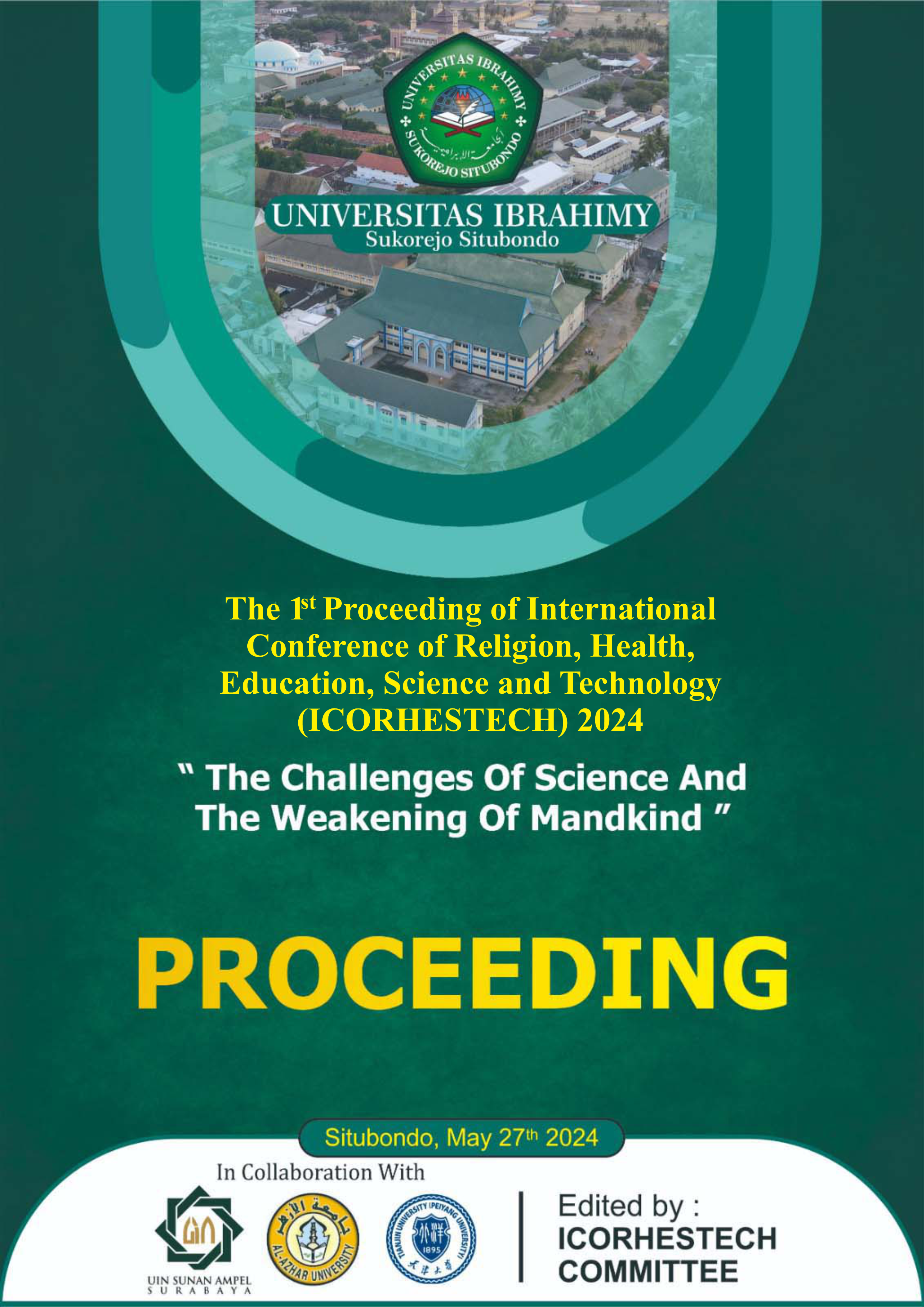Important role of Zakat, Infaq, and Shadaqoh (ZIS) in dynamic of economic and social: Simultaneous analysis in Indonesia
Abstract
Distribution and realization of Zakat, Infaq, and Shadaqoh (ZIS) have experienced an increase during the year 2000 to 2022.
This study has investigated the relationship between Zakat, Infaq, and Shadaqoh (ZIS) to economic, income inequality and absorbing labour in Indonesia. The authors utilize the simultaneous equation method as well as data used in this study is the secondary data.
This study uses Two-Stage Least Square (2SLS) regression analysis to address endogenous problems and simultaneous bias to analyse variables complex such as ZIS, economic and social indicators.
The results of the study show several important findings. First, ZIS provides a positive contribution to the Gross domestic product (GDP), which implies that increasing ZIS reception can encourage economic growth. Second, ZIS contributes positively to absorbing employment, it shows the distribution of ZIS effectively can support reducing unemployment. However, the third finding identified that the impact of ZIS has insignificance on income inequality. It implies that managing ZIS needs to fix the strategy of ZIS distribution to be more even.
This finding has an implication that needs a strategy of ZIS distribution on the right targeted, economic empowerment program, as well as close collaboration among BAZNAS, the Government, and private sectors to maximalise the impact of ZIS.
References
Afandi, M. F. M., Zubairi, M. I. N., Hashim, M. J., & Khamis, M. R. (2021). The Role of Zakat in Reducing Income Inequality Among Muslim Society in Selangor. Global Business and Management Research: An International Journal, 13(4).
Amanda, S., & Anwar Fathoni, M. (2023). Pengaruh Dana ZIS dan Inflasi terhadap Tingkat Kemiskinan dengan Mediasi Pertumbuhan Ekonomi. Islamic Economics and Business Review, 2(2). https://doi.org/10.59580/iesbir.v2i2.6278
Anjelina, E. D., Salsabila, R., & Fitriyanti, D. A. (2020). Peranan Zakat, Infak dan Sedekah dalam Meningkatkan Kesejahteraan Ekonomi Masyarakat. Jihbiz Jurnal Ekonomi Keuangan Dan Perbankan Syariah, 4(2), 136–147. https://doi.org/10.33379/jihbiz.v4i2.859
Ashfahany, A. El, Dini, A., Hidayah, N., Hakim, L., Bin, S., & Noh, M. (2023). How Zakat Affects Economic Growth In Three Islamic Countries. JISEL Journal of Islamic Economic Laws VI, 6(1), 2023. https://journals.ums.ac.id/index.php/jisel/index
Athoillah, M. A. (2018). The Zakat Effect on Economic Growth, Unemployment, And Poverty in The Island Of Java: Panel Data Analysis 2001-2012. Ekspansi, 10(2), 205–230. https://doi.org/https://doi.org/10.35313/ekspansi.v10i2.1211
Ayuniyyah, Q., Pramanik, A. H., Saad, N. M., & Ariffin, M. I. (2018). Zakat for poverty alleviation and income inequality reduction: West Java, Indonesia. Journal of Islamic Monetary Economics and Finance, 4(1), 85–100. https://doi.org/10.21098/jimf.v4i1.767
Chapra, M. U. (1993). Islam and economic development. Islamabad. Islamic Research Institute.
Chen, G. J. (2012). A simple way to deal with multicollinearity. Journal of Applied Statistics, 39(9), 1893–1909. https://doi.org/https://doi.org/10.1080/02664763.2012.690857
Dimas, F., & Yolanda, Y. (2023, February 21). Center Baznas Fundraising Method in Collecting Zakat, Infaq and Shodaqoh Funds. https://doi.org/10.4108/eai.12-11-2022.2327268
Faisal, A., & Yuliani, I. (2018). Productive zakat of Baznas Yogyakarta on the growth of micro business. Shirkah: Journal of Economics and Business, 2(3). https://doi.org/http:10.22515/shirkah.v2i3.169
Kamal, A. H., Purbowisanti, R., Sani, A. A., & Setiorini, K. R. (2021). Do the distribution of Zakat and Islamic bank financing Affect Income Inequality in Indonesia? Amwaluna: Jurnal Ekonomi Dan Keuangan Syariah, 5(1), 90–102. https://doi.org/10.29313/amwaluna.v5i1.5854
Lestari, N. P., & Auwalin, I. (2022). Zakat and Income Inequality in Indonesia: Panel Data Analysis in 34 Provinces Zakat dan Ketimpangan Pendapatan di Indonesia: Analisis Data Panel di 34 Provinsi. Jurnal Ekonomi Syariah Teori Dan Terapan, 9(6), 898–912. https://doi.org/10.20473/vol9iss20226pp898-912
Lin, B. (2003). Economic Growth, Income Inequality, and Poverty Reduction in People’s Republic of China. Asian Development Review, 20(2), 105–124. www.worldscientific.com
Misno, M., & Sulistianingsih, E. (2019). Estimasi Model Persamaan Simultan Dengan Metode Two Stage Least Square (2SLS). Bimaster: Buletin Ilmiah Matematika, Statistika Dan Terapannya, 8(4). https://doi.org/http://dx.doi.org/10.26418/bbimst.v8i4.35875
Permadi, A., Eni Susilowati, Sri Hariyanti, & Dewi Nur Alfa Damayanti. (2023). Causality of Consumption, Government Expenditure, and Distribution of ZIS Funds (Zakat Infaq and Shodaqoh) on Indonesia’s Economic Growth. Open Access Indonesia Journal of Social Sciences, 5(5), 846–855. https://doi.org/10.37275/oaijss.v5i5.180
Raies, A. (2020). Islamic versus Conventional Fiscal policy: The effect of zakat on education and employment. Academic Journal of Interdisciplinary Studies, 9(1), 27–33. https://doi.org/10.36941/ajis-2020-0003
Suprayitno, E. (2018). Zakat and SDGs : The Impact of Zakat on Economic Growth, Consumption and Investment in Malaysia. 1st International Conference on Islamic Economics and Business (ICONIES 2018). http://creativecommons.org/licenses/by-nc/4.0/
Usman, B., Safitri, Y. A., & Uliana, F. (2023). Efektivitas Pengelolaan Zakat, Infaq dan Sedekah (ZIS) di Baitul Mal Provinsi Aceh. Universitas Abulyatama Jurnal Humaniora, 7(1), 15–20. http://jurnal.abulyatama.ac.id/humaniora
Zahra, T. P., & Auwalin, I. (2020). The Influence of Zakat Infak Sedekah (ZIS) on Unemployment In Indonesia: Autoregressive Distributed Lag (ARDL) Method. Jurnal Ekonomi Syariah Teori Dan Terapan, 7(2), 372. https://doi.org/10.20473/vol7iss20202pp372-388
Copyright (c) 2024 Moh. Hairus Zaman, Diah Wahyuningsih , Hengky Setiawan

This work is licensed under a Creative Commons Attribution-ShareAlike 4.0 International License.








